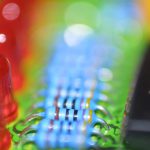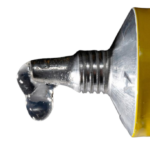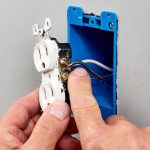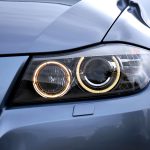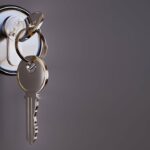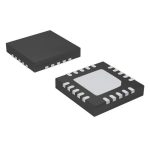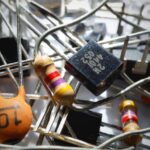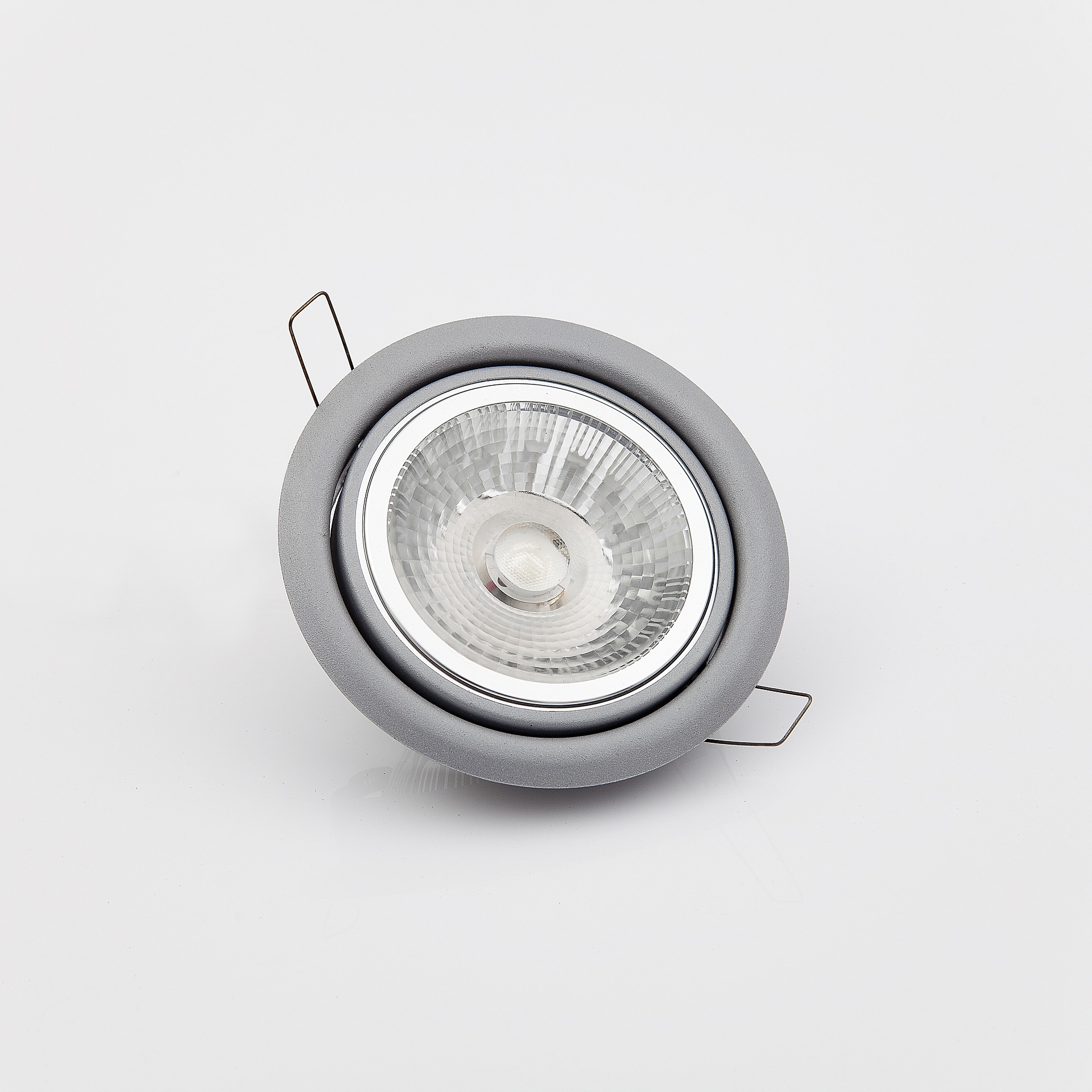
Never before has a light source stirred such a degree of global attention. LED Lights have grabbed the attention of real estate engineers, technicians, designers and homeowners alike. The attention it is attracting is well deserved though. LED lights are without a doubt the most efficient, beautiful and versatile light source of modern times.
LED has changed the concept of lighting right from the bulbs to the fixtures. The adoption process of this light source has therefore been all-inclusive and to some extent not very shopper friendly. To be in a better position to decide on the best product that will meet your needs, you need to understand the functions, features, and essentials of LEDs. This guide will not only equip with sufficient knowledge to make your migration to LED lighting easy and efficient, but it will also guide you on how you can use LED with the existing fittings.
LED BULBS
LED bulbs to have semiconductor chips, which allow current to flow through them and in the process illuminating the diodes which then produce light. The diodes are encased in solid compounds hence LED lighting is a solid-state technology. LED lighting emits very little carbon dioxide compared to incandescent bulbs. The light emitted by LED bulbs is directional, unlike the other bulbs that produce light in multiple directions. This is one of the reasons why LED bulbs are energy efficient.
Why should you switch to LED lights bulbs?
-
User safety
Unlike other bulbs, LED bulbs do not contain toxins like mercury or Lead which could pose health risks to the user. To put this into perspective, compare it to the CFL tube which contains up to 15g of mercury. This poses a lot of danger, particularly in areas where there are children. LED lights do not emit heat, unlike the other light bulbs, hence you do not have to worry about the room becoming unnecessarily warmer or the fittings becoming hot.
-
Energy efficiency
This is arguably its greatest merit over the other bulbs. LED consumes less power compared to CFL, halogen, incandescent, and CFL. Energy efficiency results in considerable savings, whether it is in commercial, industrial or residential buildings. LEDs have been confirmed to save up to 90% of energy compared to incandescent light bulbs producing the same brightness. There are online calculators that can help you determine the exact saving you will accrue when using LED compared to when using other bulbs. Even though the initial cost of purchase of LED bulbs and fixtures may be high, but in the long run, they are very cost effective.
-
Durability
LED bulbs can offer up to 50,000 hours after they lose their lumens. They don’t burn out. Toward the end of their lifespan, the lumens depreciate leading to shifting in color appearance. This should act as a warning that the LED needs replacement. You do not have to wait until they completely stop emitting light to replace them.
-
Output
How bright should an LED be? This question comes up whenever people are searching for efficient light sources. The degree of brightness is measured using lumens and not watts as many have been led to believe. Watts measure the amount of power drawn by the bulb. LED consumes less power than its counterparts while giving out the same brightness. You will find that an LED lamp of 16W to 20W produces 1600 lumens. An incandescent bulb of the same brightness consumes 100W.
-
Dimming
LEDs make the best special effect lights. They can easily be dimmed using dimmers. However, it’s important to note that not all LEDs are compatible with traditional dimmers. It is prudent to first confirm whether the specific one you intend to purchase is compatible with the existing dimmers or not. If they are not, do not worry, there are very many dimmers that are compatible with LED bulbs in the market.
How to select the proper LED Lights Bulbs
Types of LED bulbs
LED bulbs are available in various shapes, size, and color. Knowing how to pick the best LED for the specific task is as important as knowing its advantages. There are many types of LED bulbs in the market making it difficult to settle on a single one. Listed below are some of the common types of LED bulbs,
- GU10 LED
- LED Filament
- LED Candle
- LED GLS
- LED Golf Ball
- LED Globe light
- MR16
- LED tube
- LED PL
- 2D LED
- LED G4 Capsule
- LED G9 Capsule
- LED Par and Reflector
- LED Coloured
- LED Pygmy
- LED AR111 Reflectors
- LED SMART
- LED STRIP
- LED GX53
- LED Stick
- LED MR11
There are other numerous types not listed here but are available in the market. It is therefore advisable to consult on the most suitable LED for the intended task before purchasing one.
You May Also Like : https://www.enrgtech.co.uk/blog/internet-things-powered-energy-harvesting-devices
Angle of led lights dispersion
Different types of bulbs have different angles of dispersion depending on their shape. It is important to ensure that your bulb of choice will offer you the kind of beam you want. The angle of dispersion ranges from 360, 160, 120 to 45 degrees.
Bulb quality and standards
The growing demand for LED lights has led to the proliferation of many manufacturers all claiming to be offering the best bulbs and fittings. However, not all of these companies meet the set standards of genuine LED lighting products. This means that some consumers are likely to end up with products that are not really durable or efficient like genuine LEDs should be. The best way to avoid falling victim of these counterfeit products is to purchase products with ENERGY STAR (ES) label. The label is evidence that the product adheres to the set regulations. For a bulb to be labeled ES, it has to undergo more than 20 verification procedures to confirm if it is up to standard. You are therefore guaranteed that the product will serve you efficiently and for as long as it should.
Replacing fitting to accommodate LED lights bulb
Some fitting cannot be used with LED lights. They first need modifications or replacement. A good example is the T8 LED Tube, it cannot be used with the regular tomb containing ballast. The ballast has to be removed and the wiring needs to be modified. Check out our step by step guide on how to do this. In case you are installing new fixtures, it is important to ask for expert opinions as far as the right fittings are concerned.








